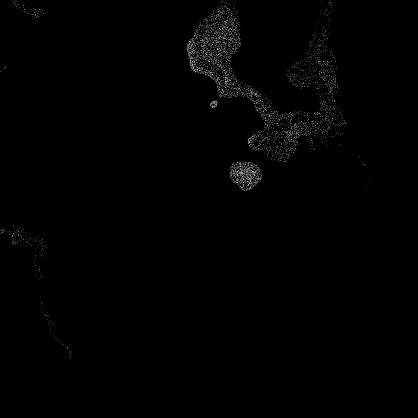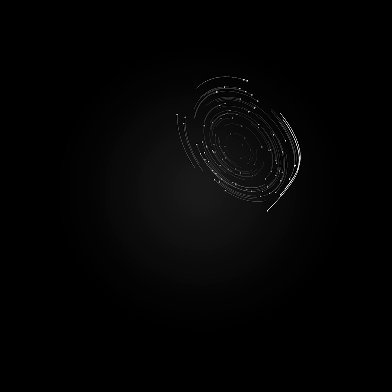Project
-
To All The Falling Stars
Narrative Exhibition
Video Installation
Tools
-
Blender
Arduino
p5.js
Description
-
To All the Falling Stars explores the future narrative of preserving memories as stars in the universe, extending cultural and conscious legacies beyond human lifespan. It explores the intersection of humans, technology, and memory, and encourages viewing consciousness as a timeless, impactful force in the universe's history.
Solo project (December 2023)
In the AI era, smart devices serve as our memory extensions, storing photos, videos, and data. Their role as consciousness prostheses raises ethical and real-world issues such as privacy.
The problem statement is…
The project envisions…
Cosmos as conceptual storage for lasting & unique memories to extend human legacies in post-human era.
Research Mindmap
Observation
I. Stages of Memory
Reflections on My Memory Processing
Memory traces evolve from tangible footprints to intangible mental imprints. I aim to incorporate this shift from concrete to abstract in my design.
II. Site Visit
My Visit to Mission San Juan Capistrano
I aim to adopt exhibition strategies like incorporating interactive narrative tools to engage visitors while preserving artifacts, inviting them to investigate the memory traces like archaeologists.
III. Sci-fi Narrative & Cosmos Connection
Takeaway from The Three-Body Problem
“The contemporary data storage methods last up to 200,000 years. Scientists said the most durable method to preserve information is carving on stone.”
I aim to reflect on human legacy by capturing fleeting light traces, symbolizing the ephemeral nature of memory traces in relation with cosmos.
Design Concept: Memory Archaeology
Medium
Narrative Exhibition + Video Installation
Participant’s role: A memory sender & memory archaeologist, either silently observing patterns or actively engaging with the installations. The exhibition is designed to be inclusive to single visitor or multiple visitors.
Element Design: The exhibition space is designed to give a feel of the space station/exploration. Therefore, comet rocks are arranged in Orion's shape (the constellation of a hunter, echoing the act of shooting stars).
Layout & Route Planning
Design Pillar
Time + Memory traces as tangible + Sensory experiences
Outcome 1. The narrative exhibition aims to immerse the visitors as memory archaeologists, sending memory trace to cosmos.
Installation Design
Stage 1: Observing Stars
Stage 2: Launching Stars
Stage 3: Mapping Stars
Stage 4 : Measuring Stars
Design Process
Stage 4: Measuring Stars
Stage 2 : Launching Stars
User Testing
→
Final Display
It was unexpected to see the various ways users engage with the sandplate. The drawing tools aren’t limited to the ones provided; in fact, many users creatively use found objects around them to create beautiful traces.
This helps me enhance my design concept of reviewing collective traces in the memory retrieval stage. I hope to embed this co-design experience in the end, allowing visitors to use any tools they find in the sand to leave their own traces.
Outcome 2: The video installation is designed for sand projection, refrencing three types of cosmos trace to symbolize memory formation
Phase 1: Leaving Marks
Phase 2: Accumulating Marks
Phase 3: Conveying Marks
Next Steps
I’m passionate about collaborating with spatial designers and creative technologists in the future for more insights into the use of space and light to enhance the atmosphere.
Exhibition Space & Atmosphere
This project focused on the conceptual development and the narrative exhibition design at this stage. I hope to spend more time developing the installations and other aspects of curating an exhibition.
Interactive System Development
I hope to integrate AR technology with my narrative, featuring an interactive sand table that enrich the experience and immerses visitors in their role of memory archaeologist.
Sandbox AR Experience




























